Actuators Questions and Answers
1. A valve positioner :
a. Takes the place of a cascade control system
b. Provides more precise valve position
c. Makes a pneumatic controller in necessary
d. Provides a remote indication of valve position
Answer: b
2. Assume that a control valve regulates stream flow to a process and that high temperature makes the reaction hazardous. The usual pneumatically operated control valve utilizes the following action for fail-safe operation
a. Air to open
b. Air to close
c. 3 psi (20 kpa) to fully open
d. 15 psi (100 kpa) to fully close
Answer: a
3. The basic function of the spring in a control valve is to
a. Characterize flow
b. Oppose the diaphragm so as to position the valve according to signal pressure
c. Close the valve if air failure occurs
d. Open the valve if air failure occurs
Answer: b
4. A diaphragm actuator has a diaphragm area of 50 square inches and is adjusted to stroke a valve when a 3 to 15 psi (20 to 100 k Pa) Signal is applied. If the signal is 15 psi (100 k pa) the force on the valve stem will be :
a. 750 pounds
b. 750 pounds less than the opposing spring force
c. Dependent on hysteresis
d. None of the above
Answer:b
5. A high- pressure flow process requires a valve with tight packing. This would suggest that :
a. A valve positioner should be employed
b. The actuator must be sized to provide adequate force
c. Oversized pneumatic signals lines are required
d. The controller supplying the signal to the valve must have a very narrow proportional band.
Answer: b
6. An electronic controller creates a 4 to 20mA dc signal that must actuate a steam valve for temperature control. The best and most economical choice would be to :
a. Use an all-electric actuator system
b. Convert to a pneumatic signal at the controller and use a pneumatic actuator.
c. Use pneumatic actuator with an electric to pneumatic valve positioner
d. None of the above
Answer:c
7. A pressure control process using proportional plus integral control has a time constant of 10 seconds. The best choice of actuator would be :
a. An electric motor
b. A pneumatic diaphragm
c. A piston and cylinder
d. A solenoid electrical
Answer: b
8. A diaphragm actuator has a diaphragm area of 115 square inches. A valve positioner is attached to the actuator and fed with 22 psi air supply. If after 9 psi signal is received from the controller the signal changes to 10 psi and the valve fails to move. What is the force applied to the valve stem?
a. 2.530 pounds
b. 1.495 pounds
c. 1.035 pounds
d. None of the above
Answer: a
9. One advantage of an electric to pneumatic valve positioner is :
a. It can be used on flow control
b. It produces positive valve position
c. It conserves energy
d. It dampers valve travels
Answer: b
10. A single seated globe valve containing a plug 1 1/2 inches in diameter is used in a line pressurized to 500 psi. What actuator force is required for tight Shutoff.?
a. 884 pounds
b. 2,000 pounds
c. Depends upon direction of flow through the valved
d None of the above
Answer: c

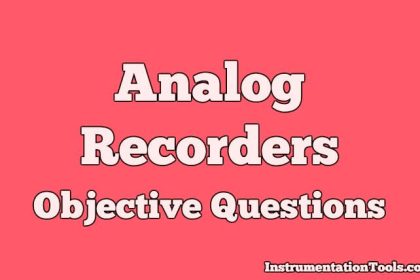
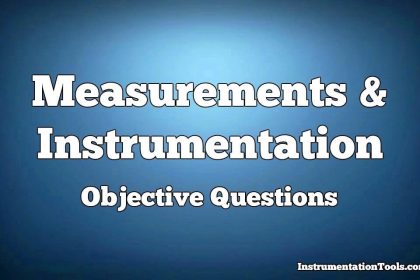

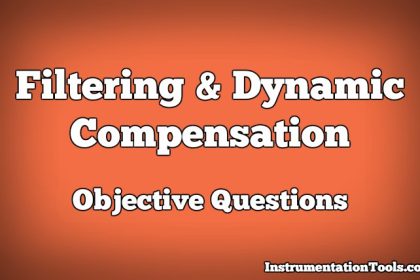


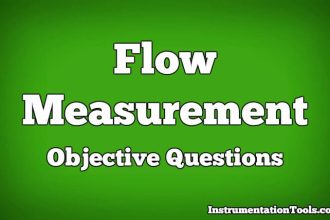
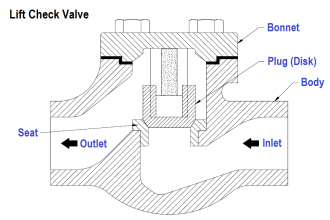


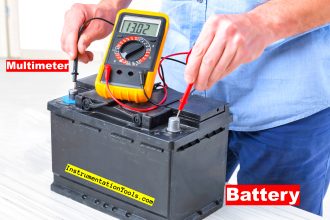
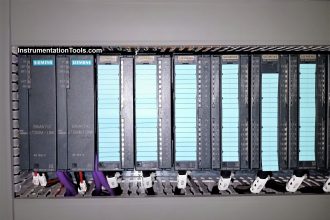
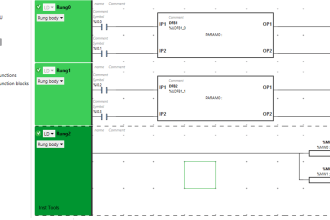


In your workplace, with which group is the actuator repair?